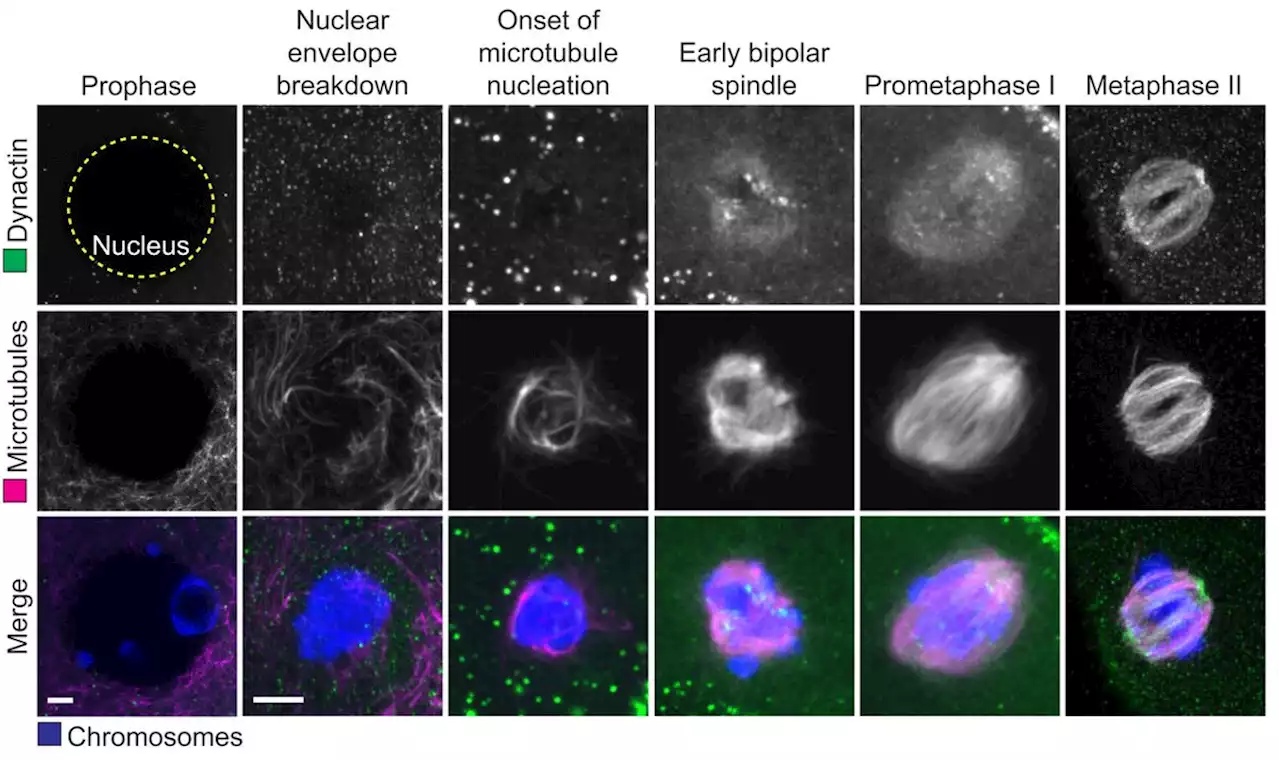A missing motor in human meiosis: New research in Science elucidates a cause of spindle instability in human oocytes—a deficiency in KIFC1, a key spindle-stabilizing protein in other mammalian oocytes and in cancer cells. Learn more:
Chromosomal errors in human eggs are a leading cause of miscarriages and infertility. These errors result from chromosome missegregations during the maturation of oocytes into eggs. Chromosome segregation is driven by the spindle, a macromolecular machinery that pulls chromosomes apart. However, human oocytes often assemble unstable spindles, favoring chromosome missegregations. So. discovered that human oocyte spindles are unstable because they are deficient in the molecular motor KIFC1.
NUMA was similarly enriched at the spindle poles in bovine and porcine oocytes, which naturally lack centrosomes, as well as in mouse oocytes that we artificially depleted of acentriolar microtubule organizing centers . We thus asked whether spindle instability is a general feature of mammalian oocytes that use NUMA for spindle pole organization.
Using an RNA interference screen of proteins with diverse functions in spindle organization, we identified the molecular motor KIFC1 as a spindle-stabilizing factor that is present in other mammalian oocytes but deficient in human oocytes. Depletion of KIFC1 in other mammalian oocytes recapitulated the spindle instability of human oocytes, resulting in spindles with unstable poles and an increase in aneuploidy.
Our data also elucidate a cause of spindle instability in human oocytes: Human oocytes are deficient in KIFC1, a key spindle-stabilizing protein in other mammalian oocytes and in cancer cells. KIFC1 stabilizes the spindle poles and prevents their fragmentation. This is likely achieved through the formation of static cross-links along parallel microtubules at the poles and the alignment of antiparallel microtubules in the central region of the spindle.
By delivering a defined amount of KIFC1 protein into human oocytes, we were able to reduce spindle instability and the risk of aneuploidy in human oocytes. Thus, our data also reveal a potential method for increasing the fidelity of spindle assembly and chromosome segregation in human oocytes.
United States Latest News, United States Headlines
Similar News:You can also read news stories similar to this one that we have collected from other news sources.
 Saturn’s high-altitude winds generate an extraordinary aurorae, study finds -- ScienceDailySpace scientists have discovered a never-before-seen mechanism fueling huge planetary aurorae at Saturn.
Saturn’s high-altitude winds generate an extraordinary aurorae, study finds -- ScienceDailySpace scientists have discovered a never-before-seen mechanism fueling huge planetary aurorae at Saturn.
Read more »
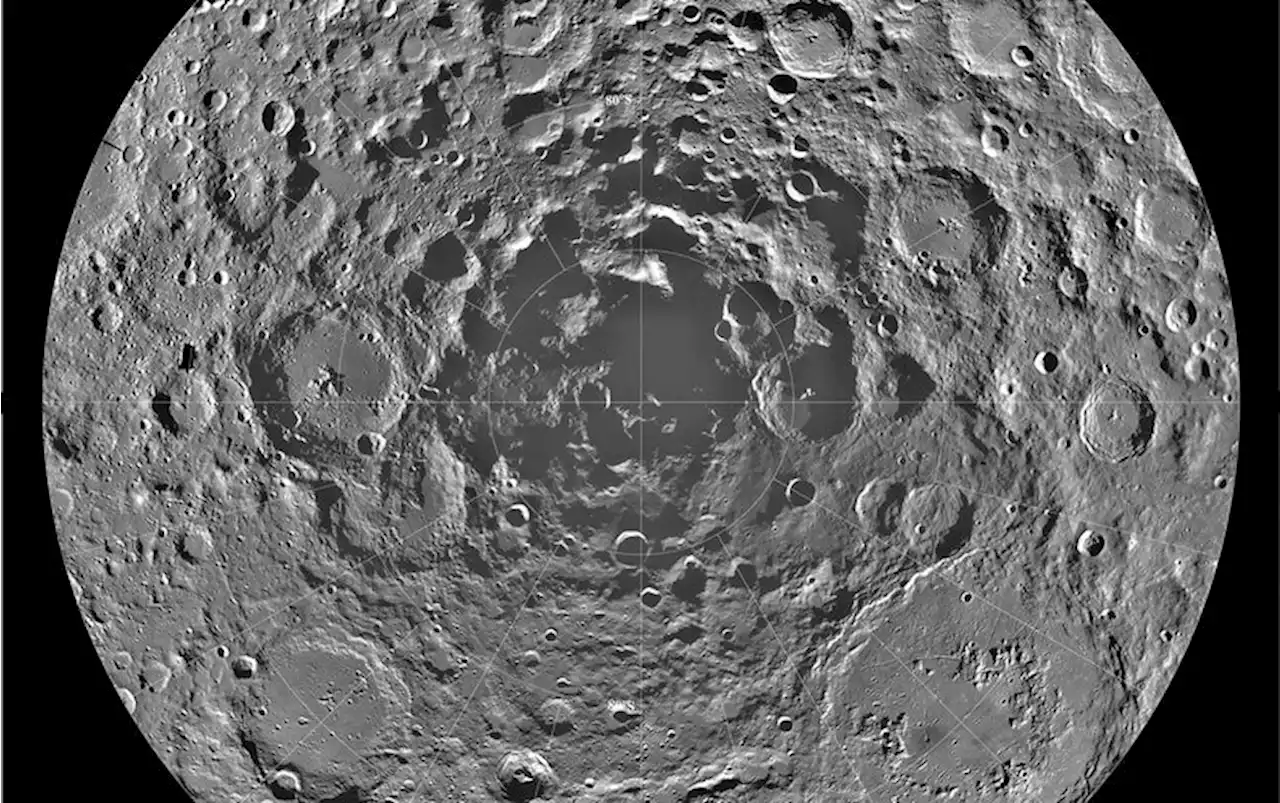 Moon’s Hidden Depths Uncovered with New AlgorithmThe permanently shadowed regions at the lunar poles might contain thick ice reservoirs
Moon’s Hidden Depths Uncovered with New AlgorithmThe permanently shadowed regions at the lunar poles might contain thick ice reservoirs
Read more »
 Humans Find AI-Generated Faces More Trustworthy Than the Real ThingViewers struggle to distinguish images of sophisticated machine-generated faces from actual humans.
Humans Find AI-Generated Faces More Trustworthy Than the Real ThingViewers struggle to distinguish images of sophisticated machine-generated faces from actual humans.
Read more »
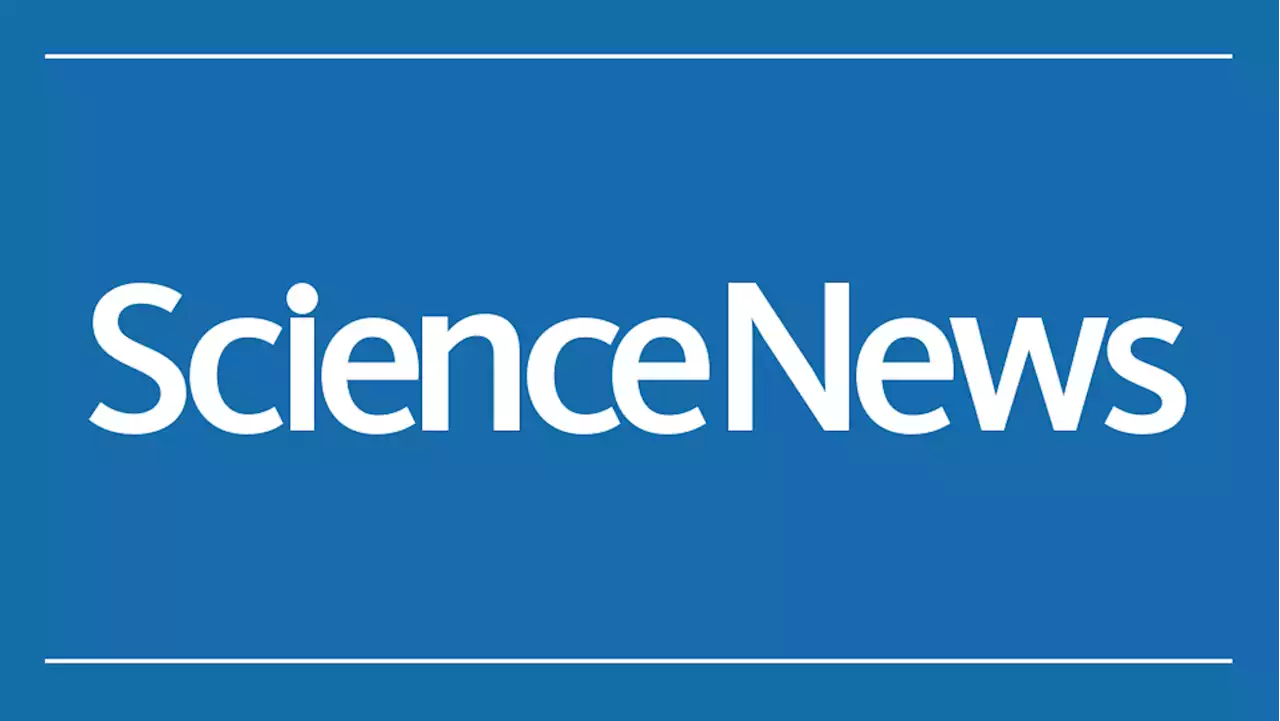 The Newly Sequenced Genome Bares AllOTD in 2001, Science News reported that the genetic blueprints of humans had been deciphered, and the text was 'as striking for what we don't see as for what we do.' SN100
The Newly Sequenced Genome Bares AllOTD in 2001, Science News reported that the genetic blueprints of humans had been deciphered, and the text was 'as striking for what we don't see as for what we do.' SN100
Read more »
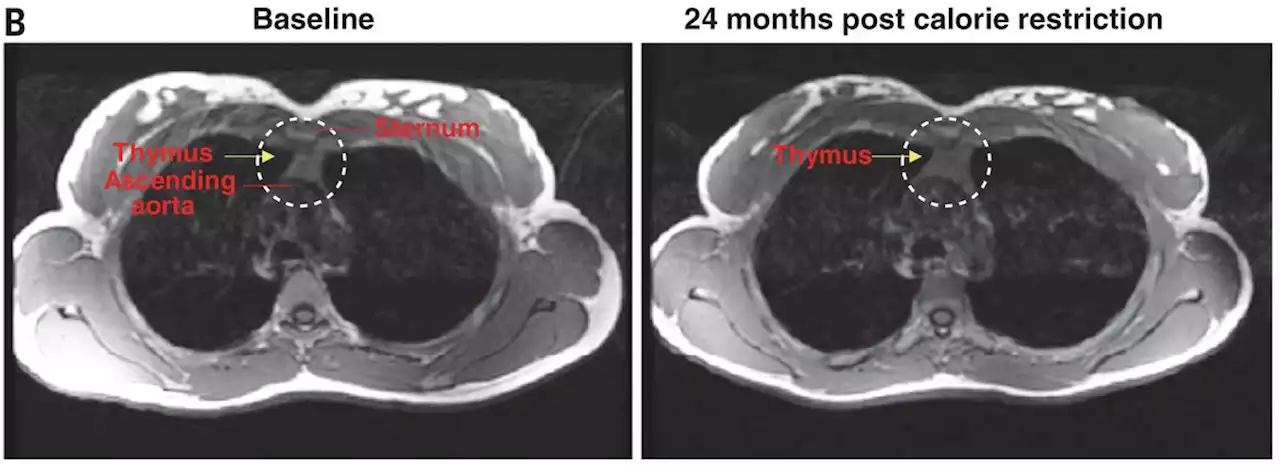 Caloric restriction in humans reveals immunometabolic regulators of health spanDeactivation of the gene PLa2g7 partially mimics the anti-aging effects of caloric restriction (CR) in mice, researchers report in Science. The findings could be used to develop CR-mimetic targets to enhance health span and potentially lifespan in humans.
Caloric restriction in humans reveals immunometabolic regulators of health spanDeactivation of the gene PLa2g7 partially mimics the anti-aging effects of caloric restriction (CR) in mice, researchers report in Science. The findings could be used to develop CR-mimetic targets to enhance health span and potentially lifespan in humans.
Read more »
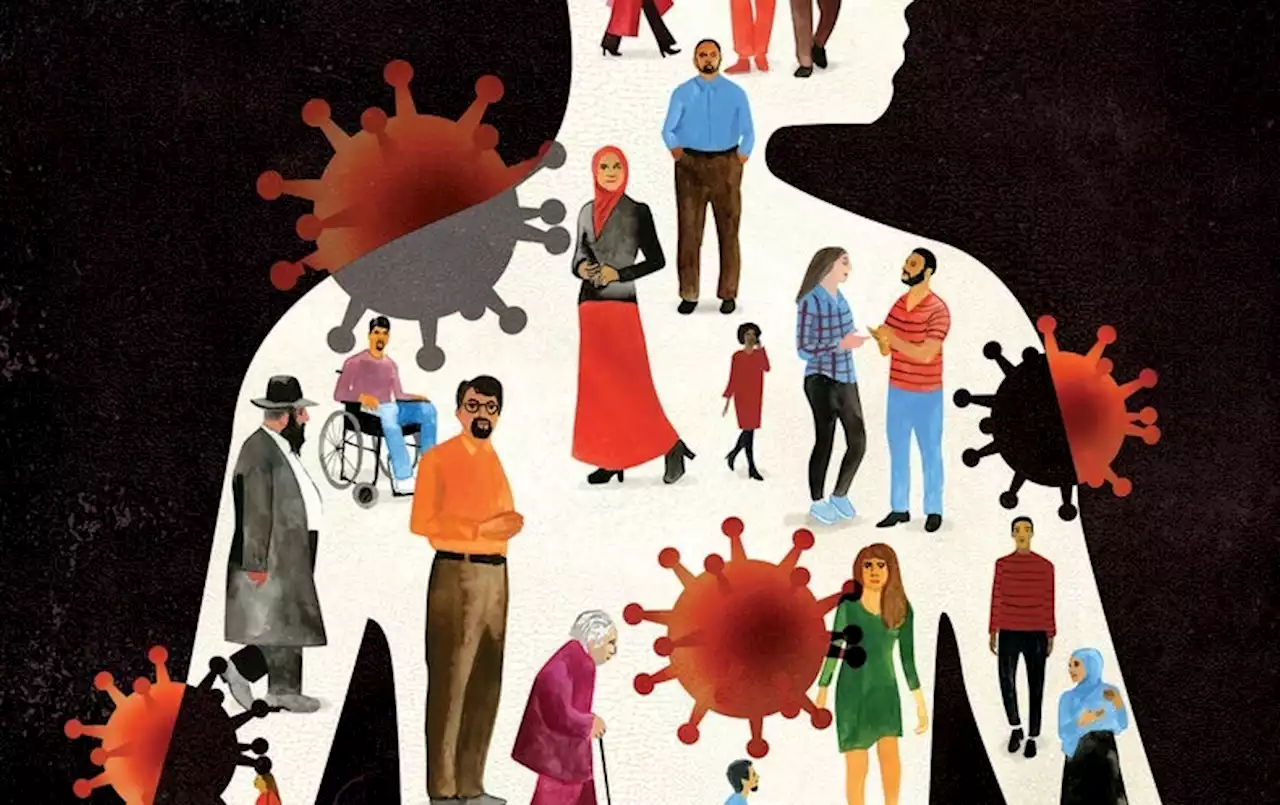 How a Virus Exposed the Myth of Rugged IndividualismWhen COVID-19 hit, relying on our immediate networks was not sufficient. The fallout from the pandemic is an urgent call to strengthen our aid systems.
How a Virus Exposed the Myth of Rugged IndividualismWhen COVID-19 hit, relying on our immediate networks was not sufficient. The fallout from the pandemic is an urgent call to strengthen our aid systems.
Read more »
